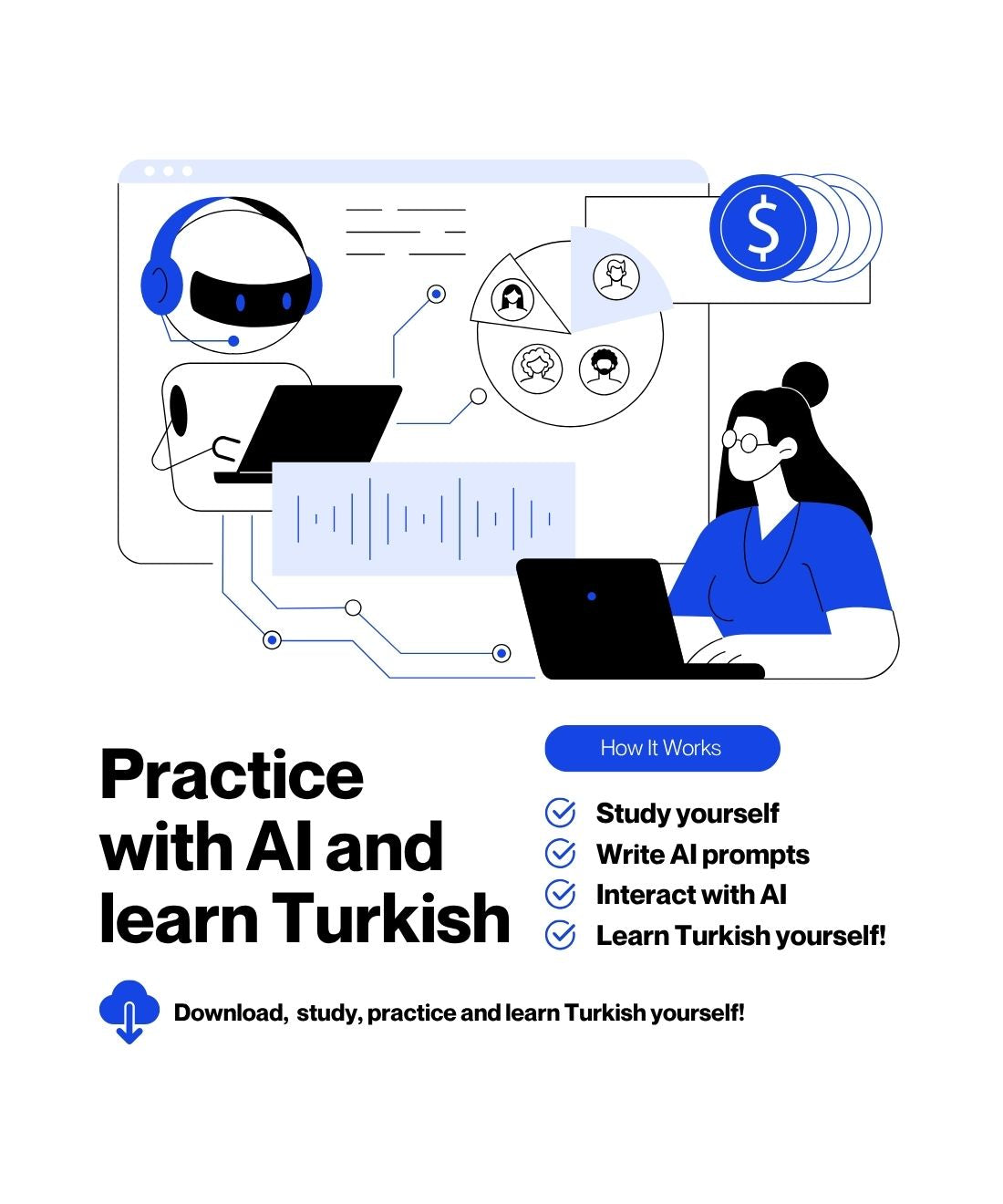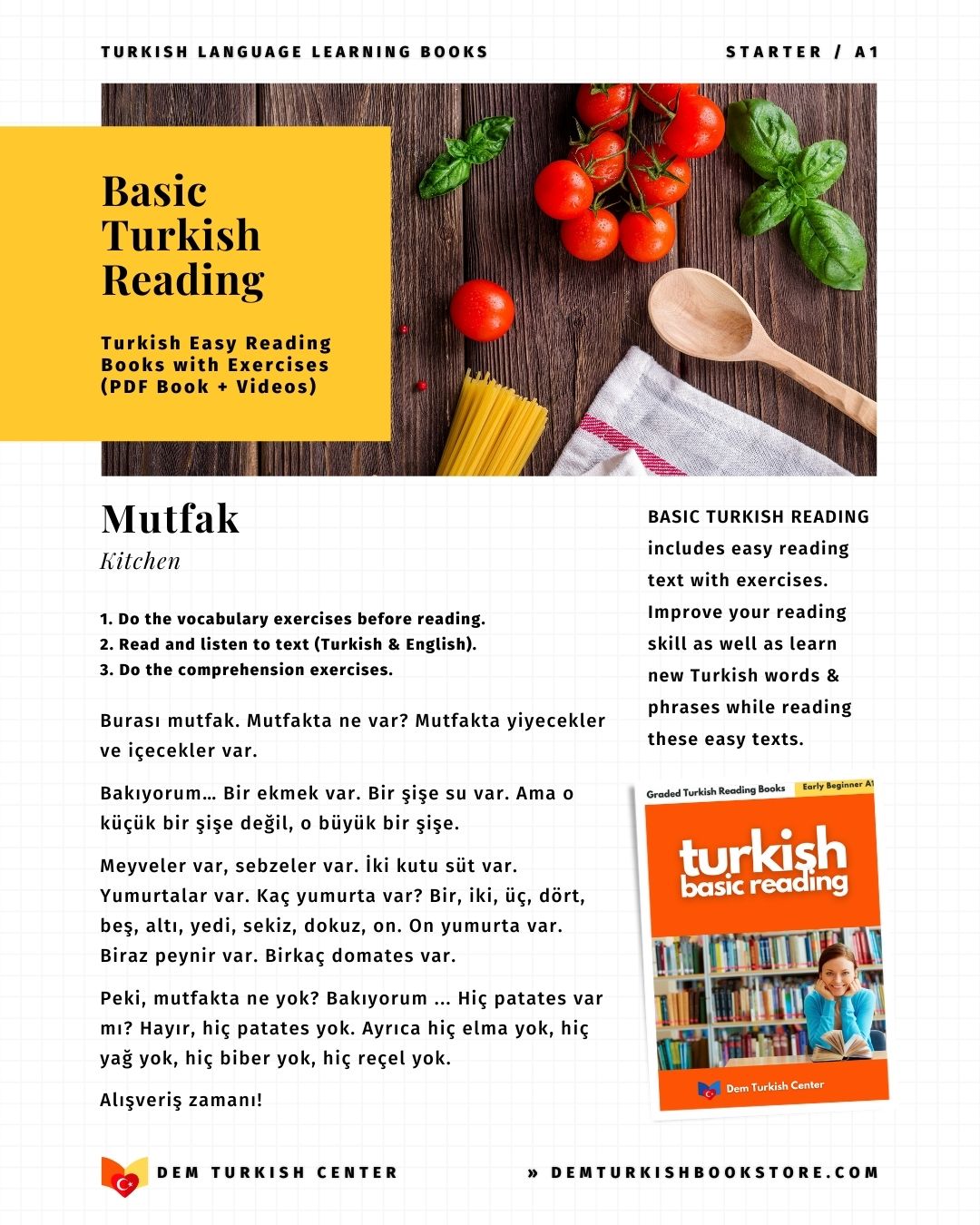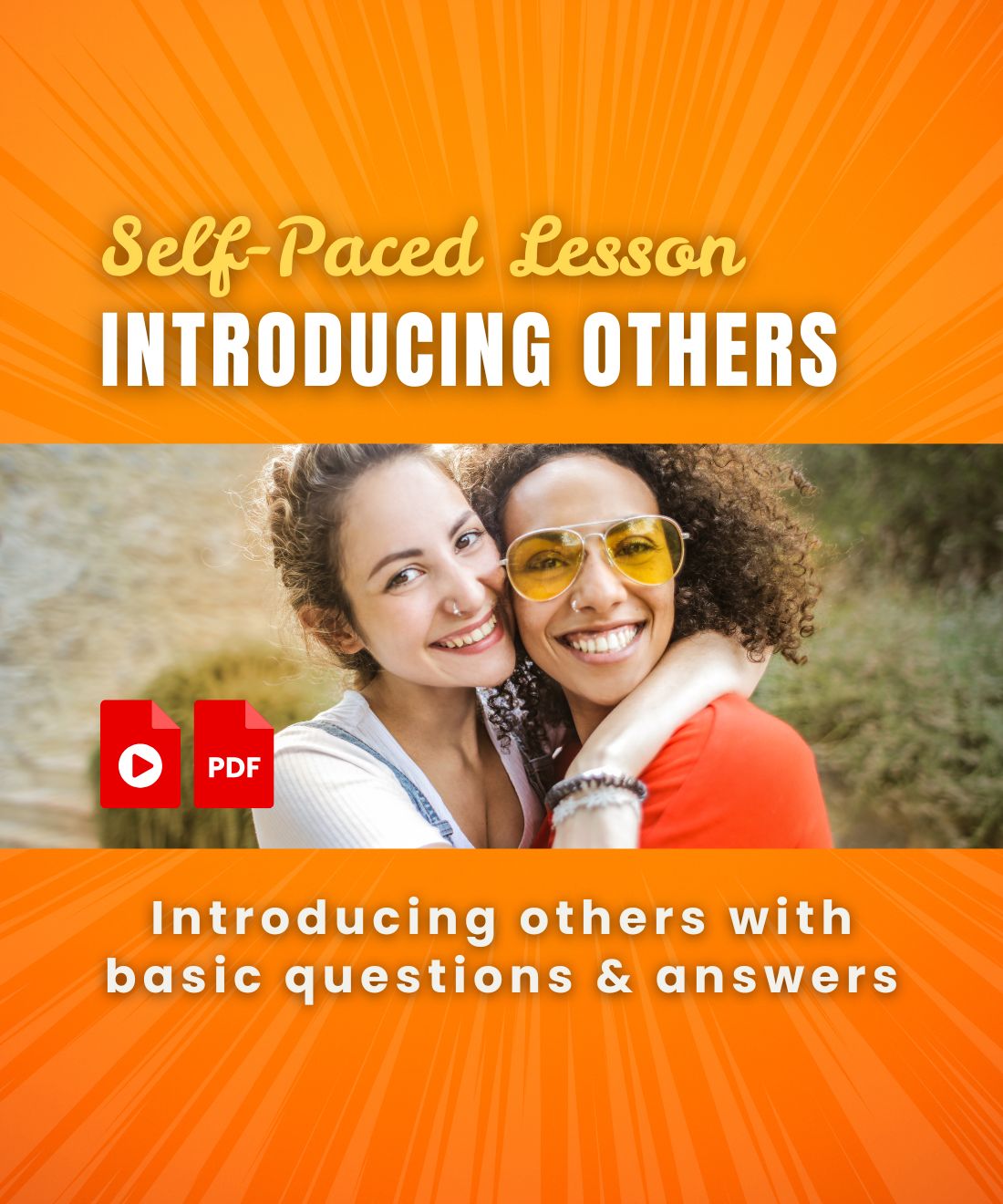
AI For Language Learning: The Pros and Cons
In recent years, artificial intelligence (AI) has revolutionized many industries, and education is no exception. One of the most exciting applications of AI is in language learning, where intelligent algorithms, chatbots, and personalized learning platforms are changing how people acquire new languages.
From apps like Duolingo and Babbel to AI-powered tutors like ChatGPT, learners now have access to tools that adapt to their needs, provide instant feedback, and simulate real conversations. However, while AI offers many advantages, it also comes with limitations and potential drawbacks.
In this guide, we’ll explore the pros and cons of using AI for language learning to help you decide whether it’s the right approach for you.
The Pros and Cons of Using AI for Language Learning
Language Learning with AI: A Beginner’s Guide
The Pros of AI in Language Learning
1. Personalized Learning Experiences
One of the biggest advantages of AI in language learning is its ability to tailor lessons to individual needs. Traditional classroom settings often follow a one-size-fits-all approach, but AI-powered platforms analyze a learner’s strengths, weaknesses, and progress to adjust content accordingly.
- Adaptive Learning AI algorithms track mistakes and reinforce weak areas, ensuring efficient learning.
- Customized Pacing Learners can progress at their own speed without feeling rushed or held back.
- Targeted Practice AI identifies specific grammar or vocabulary gaps and provides focused exercises.
2. Instant Feedback and Corrections
Unlike traditional learning methods where feedback might take hours or days (e.g., waiting for a teacher to grade assignments), AI provides real-time corrections.
- Pronunciation Assistance Apps like ELSA Speak use AI to analyze speech and suggest improvements.
- Grammar and Spelling Checks Tools like Grammarly and ChatGPT help learners refine their writing instantly.
- Conversation Practice AI chatbots simulate real-life dialogues, offering corrections on the spot.
How to Practice Your Turkish LIVE with ChatGPT
3. Accessibility and Convenience
AI-powered language learning tools are available 24/7, making them highly accessible to people with busy schedules.
- Learn Anywhere, Anytime Mobile apps allow learning on the go.
- Affordable Alternatives Many AI tools are cheaper than hiring a tutor or enrolling in a course.
- No Geographic Limitations Learners in remote areas can access high-quality language education.
4. Engaging and Interactive Learning
AI makes language learning more dynamic and fun through gamification, interactive exercises, and multimedia content.
- Gamified Learning Apps like Duolingo use streaks, rewards, and leaderboards to motivate users.
- Immersive Simulations Virtual reality (VR) and AI can create realistic language environments (e.g., practicing ordering food in a virtual café).
- Multimedia Integration AI can generate videos, podcasts, and quizzes tailored to the learner’s level.
5. Scalability for Mass Learning
AI can teach thousands—or even millions—of learners simultaneously without compromising quality.
- Consistent Quality Unlike human teachers, AI delivers uniform instruction to all users.
- Reduced Teacher Workload Educators can use AI to automate grading and lesson planning.
- Support for Multiple Languages AI can teach less commonly taught languages that may lack human instructors.
AI vs. Traditional Language Learning: What’s Better?
The Cons of AI in Language Learning
While AI offers many benefits, it’s not without its challenges. Here are some key drawbacks to consider.
1. Lack of Human Interaction
Language learning isn’t just about grammar and vocabulary—it’s also about cultural nuances, emotions, and real-world communication.
- No Emotional Connection AI lacks empathy and can’t replicate the motivational support of a human teacher.
- Limited Social Learning Conversations with AI may feel robotic compared to interacting with native speakers.
- Missing Non-Verbal Cues Body language, tone, and facial expressions are crucial in communication, but AI struggles to interpret or teach these.
2. Over-Reliance on Technology
Some learners may become too dependent on AI tools, neglecting other essential aspects of language acquisition.
- Reduced Critical Thinking AI provides instant answers, which might discourage deep learning.
- Passive Learning Users may rely on apps without actively engaging in speaking or writing practice.
- Tech Dependence Without internet access or a device, learning stops.
3. Inaccuracies and Limitations
AI is not perfect and can sometimes provide incorrect or unnatural language usage.
- Grammar and Context Errors AI models like ChatGPT can generate plausible-sounding but incorrect sentences.
- Unnatural Phrasing AI-generated dialogues may lack the spontaneity of real conversations.
- Bias in Training Data If AI is trained on biased or limited datasets, it may reinforce stereotypes or incorrect usage.
4. Privacy and Data Security Concerns
Many AI language apps collect user data to improve performance, raising privacy issues.
- Data Tracking Some apps record voice inputs, writing samples, and personal progress data.
- Potential Misuse Companies could sell or misuse learner data without transparency.
- Security Risks Storing sensitive information on AI platforms may expose users to breaches.
5. High Cost for Advanced Features
While many AI language apps are free, premium features often require subscriptions.
- Freemium Models Basic versions may lack key functionalities, pushing users to pay.
- Expensive AI Tutors Some advanced AI language tutors charge high fees.
- Hidden Costs Additional resources (e.g., VR language simulations) may require extra purchases.
Striking the Right Balance: AI + Traditional Learning
AI is a powerful tool, but it shouldn’t replace human interaction entirely. The best approach is to combine AI with traditional methods for a well-rounded learning experience.
How to Use AI Effectively
- Supplement with Real Conversations Use AI for practice but engage with native speakers through language exchanges (e.g., Tandem, HelloTalk).
- Cross-Check AI Responses Verify grammar and vocabulary with reliable sources or teachers.
- Set Clear Goals Use AI for specific skills (e.g., vocabulary drills) while focusing on speaking and listening with humans.
When to Rely on Human Teachers
- Complex Grammar Explanations Some concepts are better taught by a human instructor.
- Cultural Context Understanding idioms, humor, and social norms requires real-life exposure.
- Motivation and Accountability A human tutor or study group can keep learners committed.
The Future of AI in Language Learning
AI is continuously evolving, and future advancements could address many current limitations.
- More Natural Conversations AI may soon mimic human speech patterns more accurately.
- Emotion Recognition Future AI could detect frustration or confusion and adjust lessons accordingly.
- Augmented Reality (AR) Integration Imagine practicing Spanish with AI-generated holograms in a virtual market.
However, ethical considerations—such as data privacy and AI bias—must be addressed to ensure fair and secure learning environments.
Final Thoughts: Is AI Right for You?
AI has transformed language learning by making it more accessible, personalized, and interactive. However, it’s not a perfect substitute for human interaction and traditional learning methods.
Best For:
- Busy learners needing flexibility
- Vocabulary and grammar drills
- Pronunciation and writing feedback
- Affordable and scalable learning
Not Ideal For:
- Advanced conversational fluency
- Cultural and emotional learning
- Learners who thrive on human interaction
Ultimately, the best approach is a balanced one—leveraging AI for practice and efficiency while engaging with real people for deeper, more meaningful language acquisition.
What’s your experience with AI language learning tools? Have they helped you, or do you prefer traditional methods? Share your thoughts in the comments!













